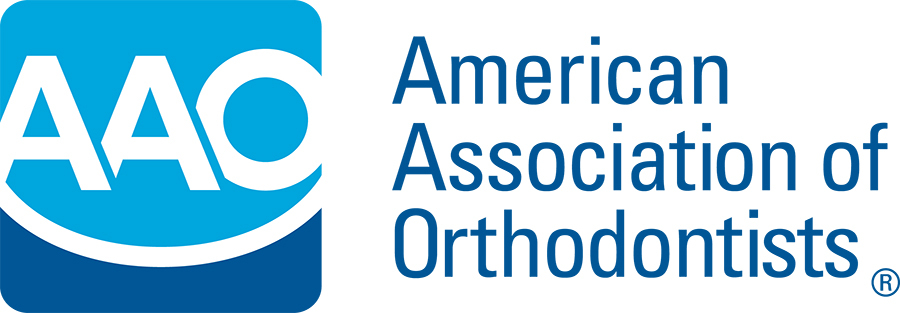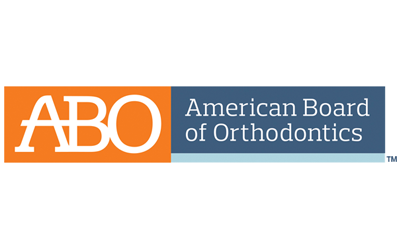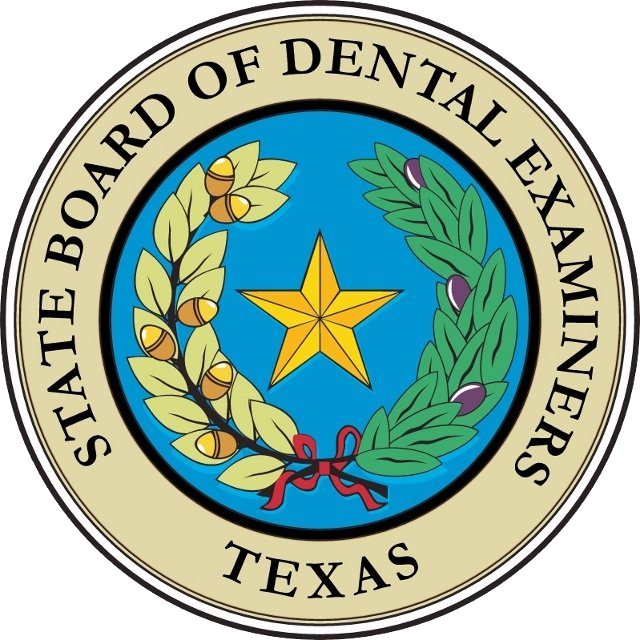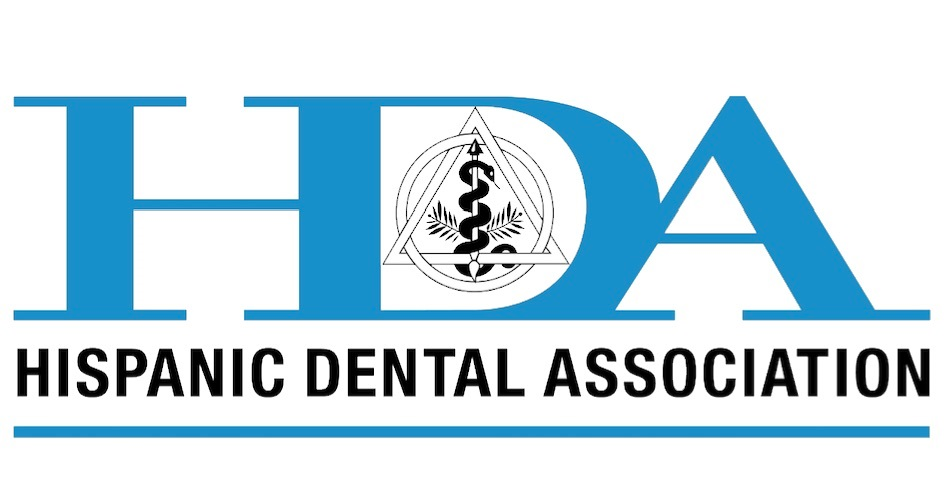TMJ TREATMENT
How Your TMJ Works
Your TMJ is more versatile than most joints in your body. It can move up and down, front to back, and side to side, allowing for complex chewing, speaking, and yawning motions. The muscles in your face control these movements.
A cartilage disc in the joint socket absorbs the pressure of these repetitive movements, preventing damage. However, a variety of things can lead to discomfort in the jaw, including
Any of these factors can lead to pain as well as clicking or popping to develop. Dentists and orthodontists refer to this as a temporomandibular disorder (TMD). If you develop a TMD, you may need TMJ treatment.
What is TMD?
TMD is actually more of a blanket term rather than a specific condition. There are many different types of TMDs, each with a variety of causes. Symptoms of a TMD include the following:
TMDs can be acute and last only a few weeks, as is generally the case when trauma is the cause. However, they can also be a chronic condition that requires ongoing treatment.
If you suspect that you need TMJ treatment, at G Orthodontics or Pearland, Memorial and West U, we will examine your jaw for the above symptoms. We will pay close attention to the way your jaw moves, as well as any evidence for clenching and grinding on your teeth.








